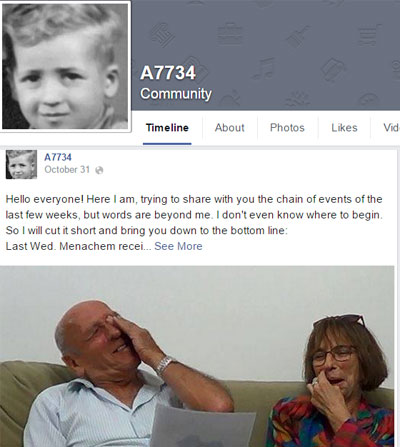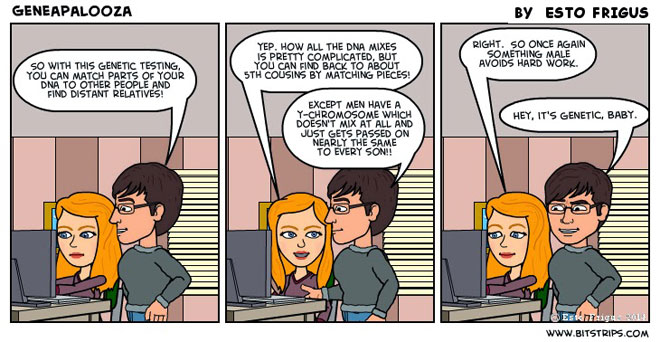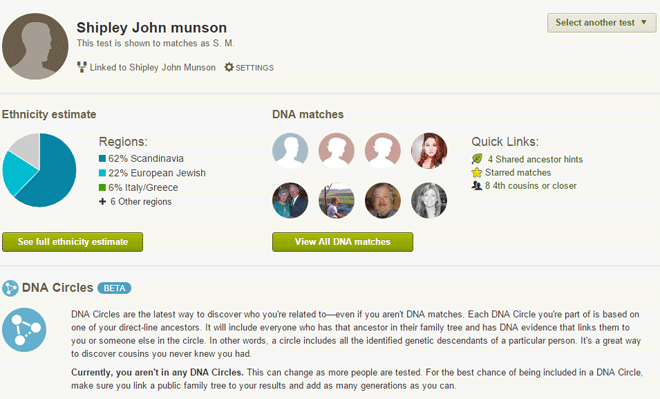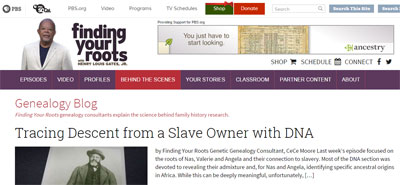Reading about this holocaust survivor’s discovery of missing family via DNA had me crying –
http://www.ynetnews.com/articles/0,7340,L-4589762,00.html – but it also got me thinking about how few jewish DNA success stories there are. Perhaps that is changing now that more people are testing.

The screenshot at the left is from facebook page A7734 about Menachem’s search. It shows him and the genealogist who helped him, looking at the first picture of his parents he had ever seen.
Frankly, success stories with jewish DNA are rare. I have none to report from my family. I emailed all my Ashkenazi researching friends to see if anyone had a good success story. Not very many are out there. If you have one, please send it along.
The endogamous nature of jewish DNA is part of the problem. Everyone looks like a close relative in the DNA matching. Another part of the problem is that so few Ashkenazim know their ancestors past their great-grandparents. Too many records were destroyed in WWII, among other problems researching.
In my experience, if an Ashkenazi Jewish (AJ) DNA match is not showing as a 2nd cousin or better it is unlikely that you will find the relationship. An experienced Israeli researcher told me to ignore anyone without at least one long segment match of 23 cM.
Below are a few tips from search angel Gaye Tannenbaum who frequently works with AJ DNA.
Continue reading →



